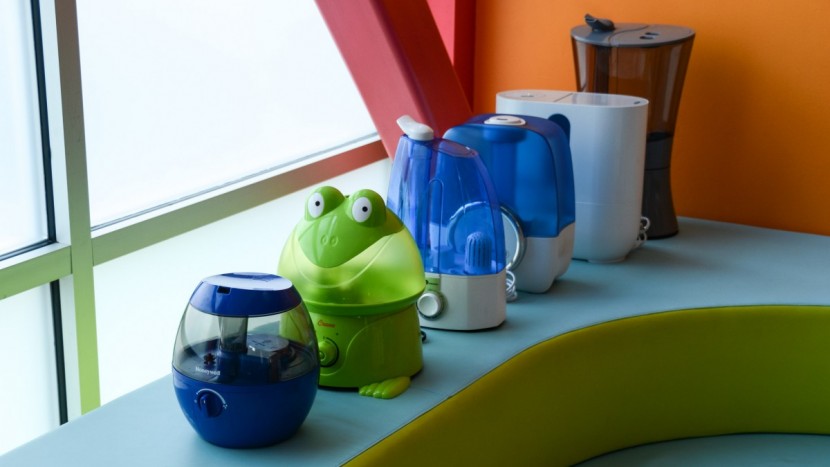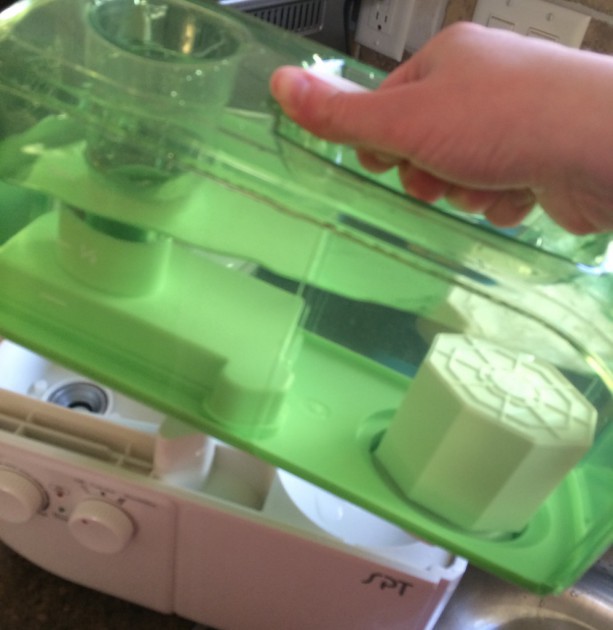Testing Ease of Cleaning
We followed manufacturer cleaning instructions during our hands-on testing to compare daily and/or weekly maintenance tasks for each model. We considered the amount of time involved to keep each unit in tip-top shape, as well as the difficulty created by tight spaces, and the need for extra cleaning tools.
Testing Effectiveness
To judge how effective each humidifier is in raising the humidity level in baby's nursery, we placed each humidifier in a closed 120 square foot room and ran it at its highest setting for one hour. During that time, we continuously measured the humidity level, making sure to start each test at equal humidity levels for consistency. This test shows that all products can raise the humidity level to some degree in the small space. There was a wide performance range in this test.
Testing Noise
We measured noise levels during operation using a decibel meter placed 1 meter from each humidifier. We also test each unit subjectively during hands-on testing, placing units side-by-side to determine their order from quietest to noisiest. During hands-on testing, we consider the type of noise in addition to the overall noise level. Some humidifiers produced a distinct pitch, which tended to fatigue the ears more quickly than options that produce more of a fan or “white noise.”
Testing Ease of Use
Ease of Use considers both features and design with options that offer programmability earning higher ease of use scores. Humidifiers earn extra points for auto shut-off, large tank capacity, internal hygrometers, timers, filters, nightlights, and anything else that gives the user extra control over performance. The design considers each humidifier's features in context. Humidifiers, with too many features, can be complicated to operate and require lots of extra maintenance.



